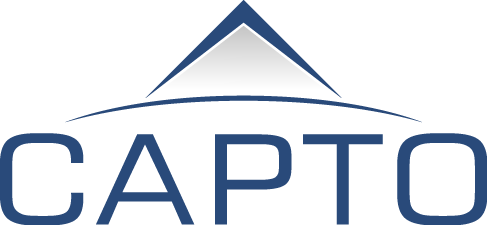CEOs Want CIOs to Create Tangible Value
Customer expectations are growing faster than your childhood chia pet. The need to keep up with customers’ existing and future demands is a challenge facing every organization. To do this effectively, an IT or business intelligence (BI) group must not only have a clear value proposition but also use it as the driver of everything the group does.
When an IT department analyzes and develops a value proposition, it reminds end users why the tasks they are undertaking matter. Most IT departments are so busy with day-to-day deliverables that they do not focus on what customers really want or need. A shift must occur. To become an indispensable company asset, IT must run its practice area like a business.
Start with the Outcome or Vision
What do IT or BI customers want from an IT or BI group to help them accomplish their goals? Is it time to market, nimbleness, large transformational efforts? Is it more data? Do they want data delivered in a certain way or at a certain time? Would more dynamic or real-time use of data be desirable? Better understanding these needs helps create both an internal strategy for IT and the customer value proposition.
Discovery Meetings
CIOs must transform their departments from being order takers to being business partners—and ideally partners in innovation. It all starts with really understanding customers’ needs. Discovery meetings enable IT to interact strategically with customers by asking questions:
- What are your short-term and long-term business goals?
- What differentiates your business from your competitors now and going forward?
- What threats are you facing now and anticipate in the future?
- What are the sequences of moves and velocity required to achiever these goals, differentiate and address threats?
- How well are IT and BI systems supporting your goals currently and what shortfalls need to be addressed now and in the future?
- What are competitive or adjacent industry leaders doing that you might want to explore?
- What is the best way for you to engage with with IT as a partner?
This information-gathering stage is a foreign concept to some, common sense to others, but in our experience it is rarely pursued with the focused investment it requires - it is an essential step toward making IT and BI competitive assets to their enterprise.
Often, it is best for a third party to facilitate the discovery stage, and there are several reasons why are clients hire use to conduct the discovery:
- Asking the right questions is crucial.
- Communication between departments may be nonexistent or strained, and Capto can open up unbiased dialogue more easily.
- Capto has the SYNAPTIC framework to guide these discovery sessions and help IT and BI departments hone in on the value proposition.
- Neutrality is key and a third-party conducting interviews removes any bias
- Finally, Capto can bring its experience from outside the organization and expands the breadth of thinking when developing the value proposition.
Use Feedback to Craft the Strategy
Discovery uncovers areas of opportunity. IT gets to rethink, rebuild, restructure and renew its value to the company. Ideally, IT can become that trusted advisor bringing solutions that extend their business partner’s thinking, meet current demands and address future needs proactively. Done properly, IT becomes a consulting partner to every business unit, fueling collaborative innovation, driving differentiation and increasing overall business value. Anticipating needs and employing forward thinking helps companies win.
Create the Value Proposition
The value proposition is a promise made to deliver a certain, prescribed value to a customer and a belief by the customer that the value will be delivered. It should be the foundation of your strategy and keeps you focused on outcomes for your customers—the various business units. In marketing terms, the value proposition should answer the question for your customer, “What is in it for me?” You should have a clear, consistent answer to this question for your business customer.
Once you have identified the problem, put the value proposition into terms your customers will understand. Use their language instead of yours. For example, streamlining processes might allow customers to allocate more of their budgets for other projects—ideally, even on developing more projects with you. Weave this kind of strategy into your value proposition and communications to the business units.
The benefit or outcome puts the value in the value proposition for your customer, which ultimately drives business results for the company as a whole.

